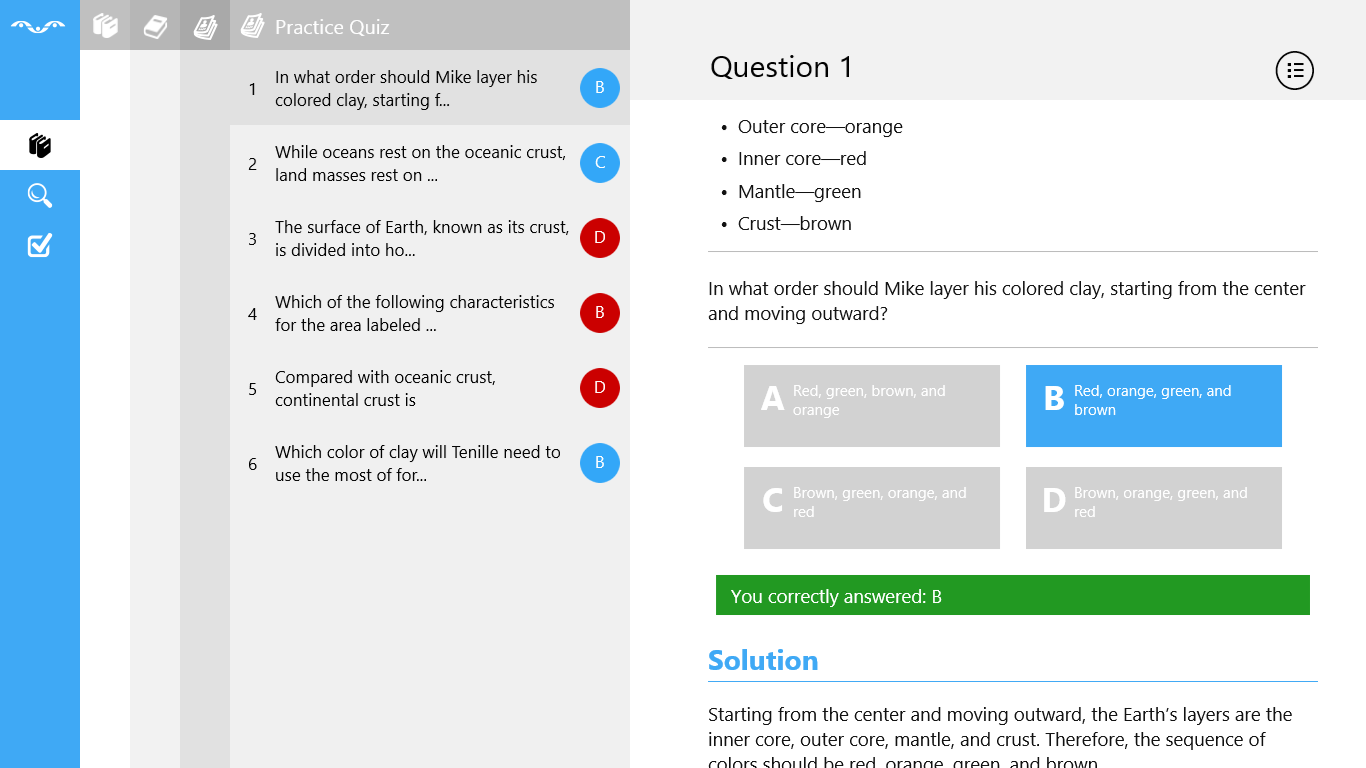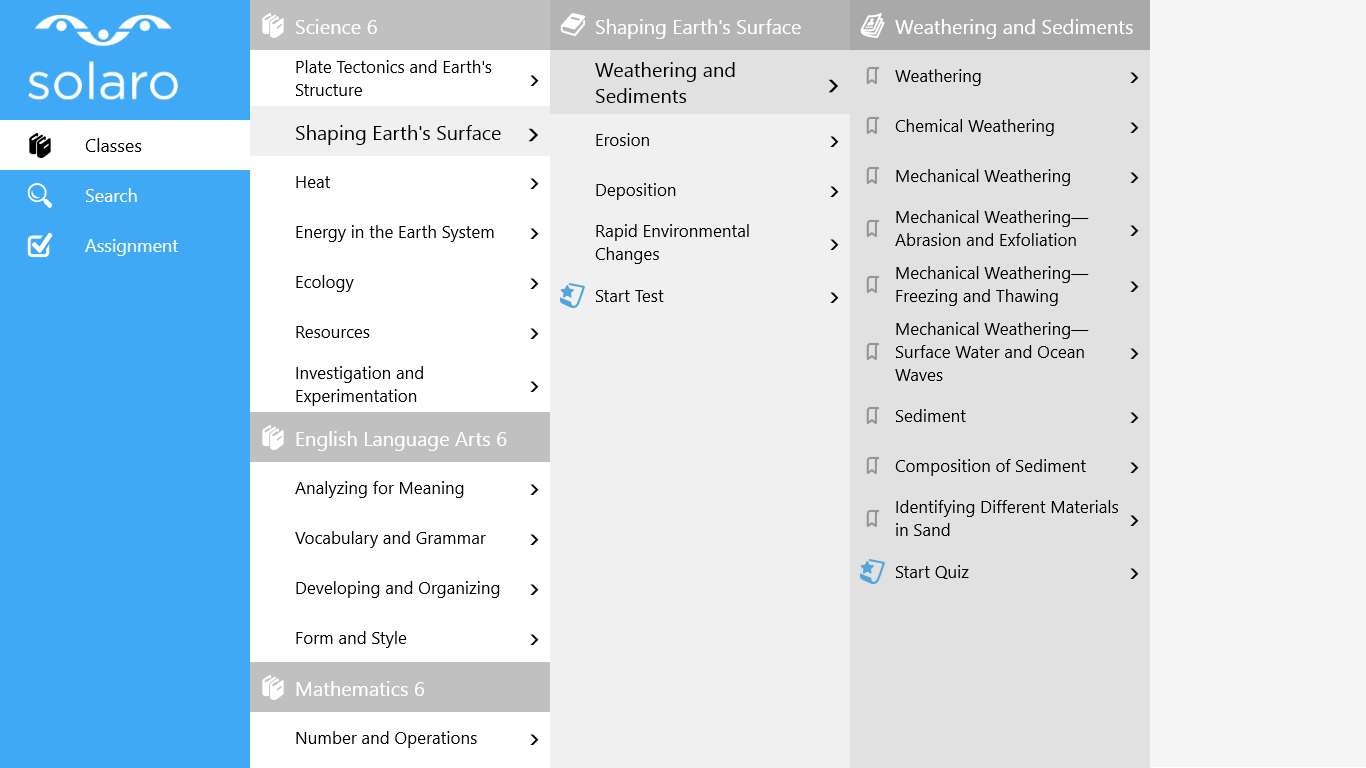Partner Profile: Education app ported to Windows 8.1, Microsoft Azure for greater global reach
Intro: We continue our Partner Profile series with a look at Castle Rock Research, a developer of educational materials and solutions.
The education market continues to see strong growth of tablets and mobile devices addressing new standards that emphasize technology in the classroom. For students and teachers, these devices are convenient, easy to use, and provide increasingly sophisticated functionality in a highly portable form factor. As the education community began incorporating more touch devices into daily activities, Castle Rock Research evolved its original web-based application to deliver a better, native experience on tablets and other mobile devices. Their app, SOLARO (Student Oriented Learning, Assessment, and Reporting Online), is a learning resource covering math, science, and English. The decision to bring their app to Windows 8.1 was an easy one, allowing Castle Rock to take advantage of Microsoft’s massive install base and the predominant use of Windows in schools to publish an app with a differentiated, but consistent, user experience.
Bringing accessible and effective schooling to every student
The Canadian company launched in 1995 in pursuit of inspiring young minds and empowering them for a more successful future. What began as print materials to help students prep for exit exams, morphed into a collection of web and mobile applications to assist students, teachers and parents at home and in the classroom. Today, SOLARO provides curriculum-aligned educational content for grades 3-12. Teachers can use SOLARO to manage lessons and create assignments, while students can use it as a “virtual tutor” to access lessons and practice tests or create notes and flash cards,. Castle Rock works with national distributors and retail partners to provide published companion materials that complement SOLARO. With an expanding global footprint, SOLARO now has a major presence in school districts across Canada, all 50 U.S. states, thousands of schools in India, and more customers on the way in Europe.
Scaling the technology to meet market demand
Within SOLARO, Castle Rock also deploys standardized tests and e-Learning programs that require a server with the ability to scale. To support millions of user requests simultaneously, the company began migrating the core technologies behind SOLARO onto Microsoft Azure to take advantage of greater scalability. Castle Rock is migrating their current cloud solution – Ruby on Rails and .NET running on Amazon and Heroku cloud platform-as-a-service (PaaS) – to Microsoft Azure. Moving forward, new additions to SOLARO are being built in .NET and Castle Rock will use a web service model to link the existing solutions together.
As for the app, Castle Rock ported their Android app in Java into a Windows 8.1 app in C#. Microsoft’s front-end development tools enabled the company to implement a slick Modern UI in a short timeframe, while giving them the option to iterate and expand on it with ease.
Though SOLARO is available on iOS and Android, the Windows 8.1 app offers a customized user experience. For example, Live Tiles can display a student’s assignments or quizzes or show a teacher the last grade a student received on a test. Snap Views facilitate multitasking, allowing users to snap the SOLARO app so they can run it side-by-side in a split view with another app to enhance a learning experience.
Future growth and development opportunities
Porting SOLARO to Windows 8.1 was an opportunity to extend their audience and Castle Rock is pressing ahead with other potential developments. SOLARO already supports classroom tools like the Smartboard display panels, but as high-definition televisions and projectors become standard the company is evaluating support for the Xbox One platform.
Additionally. Toshiba selected SOLARO to power their Education Solution Program.
You can download the free SOLARO app now from the Windows Store. If you’re ready to get started building your own, make sure to check out our Microsoft Developer Network to find tools and resources to you get started.

